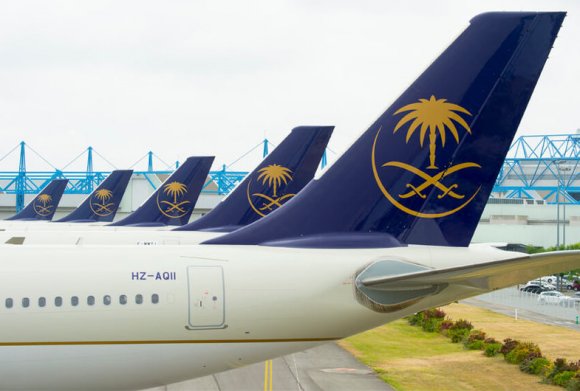Brief History of Saudia
 |
| One of McDonnell Douglas DC-3 of Saudi Arabian Airlines |
Saudia, Formerly known as Saudi Arabian Airlines, is the flag carrier of the Kingdom of Saudi Arabia. The airline is based at King Abdulaziz International Airport in Jeddah, With Airports in Riyadh and Dammam being the other main bases.
The airline was founded in 1945, when U.S President Franklin Roosevelt offered a Douglas DC-3 as a gift to King Abdul Aziz Ibn Saud, The founder of Saudi Arabia. The airline then used 5 McDonnell Douglas DC-3 to initiate its operations in 1947, and later in 1962 took delivery of 2 Boeing 720s for its international operations, Thus becoming the 4th Middle Eastern Airline to fly a jet aircraft.
Now, Saudia is the third largest Middle eastern airlines behind Emirates and Qatar Airways. As of September 2020, it operates to over 85 Destinations in the Middle East, Asia, Africa, Europe, and North America.
Fleet of Saudia
 |
| Saudia was the first airline in the Middle East to operate the Boeing 747 |
Saudia is the first airline in the world to operate the Boeing 787-10, took its 5th delivery. Making a total of 5 Boeing 787-10 and 13 Boeing 787-9. Moreover, It was also the first middle eastern airline to operate the Boeing 747 in 1977, and operated a whopping 122 Boeing 747, of which 3 are currently in service and the remaining 6 parked.
 |
| The airline operated a total of 18 Lockheed L-1011 TriStar |
Of the remaining 39 aircraft, it operates using its Boeing 777, in which 27 are in service and 12 parked as of now and 26 Boeing 737, 10 Boeing 757, 12 Boeing 767 were also used initially for its operations.
Like many historic airlines, Saudia also operated 37 McDonnell Douglas DC-8s, 29 McDonnell Douglas MD-90, 6 McDonnell Douglas MD-11, 3 McDonnell Douglas DC-9.
Fleet Size of Saudia
 | |
According to www.arabianbusiness.com, Saudia placed an order of 65 Airbus A320Neo of which 15 are of Airbus A321XLRs, Thus expanding its already variant Airbus fleet size. But with the downturn of tourism and leisure travel, The airline might adapt the strategy to lower expenditures and delay the new aircraft deliveries. |

